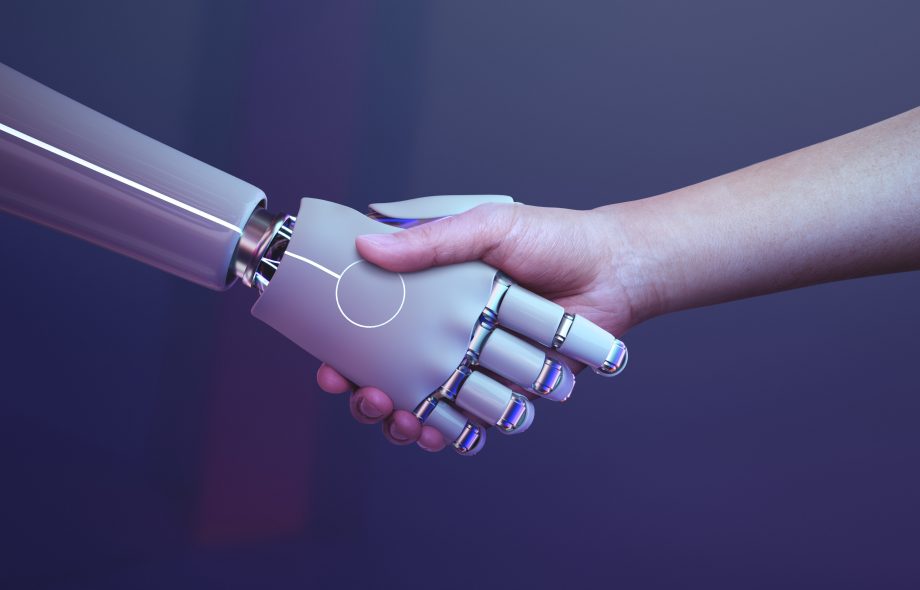As a startup in need of innovation or as a business desiring scale optimization, deciding to hire machine learning engineers can make all the difference in making an awesome idea worthwhile for the marketplace.
From recommendation engines and predictive analytics to intelligent chatbots and autonomous software, talented AI & ML developers are no longer a tech fad—it is a survival issue for companies now. They impart the strategic expertise and technical skills that are required to create smart systems that can learn, change, and become better over time.
The Vital Contribution of AI & ML Developers to Product Lifecycle
AI and ML systems don’t just happen overnight with a stroke of a brilliant idea. It’s an end-to-end journey to reach from ideation to deployment. This is where AI & ML developers contribute at every step:
1. Problem Definition and Data Strategy
It starts with the identification of the right business issue and how it gets translated into an ML solution. Experienced AI and ML engineers from teams work with product owners and subject matter experts to define the problem in the correct way. They decide on the nature of data and the amount needed, in a manner consistent with the business goal.
2. Data Collection and Preprocessing
Raw data are irregular, unorganized, or incomplete. ML engineers pre-process, tag, and clean data and convert it to a suitable form to train models. Tool and data pipeline skills like Apache Spark, Python, and TensorFlow are needed in big data handling.
3. Model Development and Experimentation
This is the core of AI and ML development building. Coders experiment with different algorithms, adjust hyperparameters, and apply feature engineering heuristics to develop competent models for predictions. It calls for technical expertise, in addition to a deep knowledge of the problem domain and intended outcomes.
4. Model Evaluation and Validation
During pre-production, the developers need to test models for test accuracy, precision, recall, and F1 score. They test for bias, variance, and generalization so that they don’t make biased choices and untrustworthy choices in actual life. A wrong model results in poor decision-making and wasted funds.
5. Deployment and Scalability
It is a delicate balance to create ML models for deployment. The developers provide smooth integration into existing infrastructure, watch performance post-deployment, and enforce versions of the mechanism. They train the models to run at scale, yielding deterministic behavior over changing workloads.
6. Monitoring and Continuous Learning
AI models have to learn over time. There are feedback loops and monitoring tools that are implemented by the developers, where the model can enhance itself as patterns evolve in data. This ensures accuracy, consistency and applicability in order to allow the company to compete.
The Cost of Delaying AI Integration
Those companies that are resistant to investing in AI & ML talent will end up lagging behind the curve on innovation, customer satisfaction, and effectiveness in operations. Without skilled developers, you’re probably going to deploy under-trained models, misinterpret output, or create systems that won’t scale.
Whether it’s optimization of fraud detection in banking, preventive maintenance in manufacturing, or personalization in eCommerce recommendations, the right developers make your solutions effective and future-proof.
What is a Good AI & ML Developer?
A skilled artificial intelligence developer has a special combination of software development, statistics, and domain expertise. They understand deep learning architecture, natural language processing (NLP), and computer vision and have experience with deploying models using APIs and front-end interfaces. But more importantly, they are also aware of the latest developments now, so your company reaps the rewards of the latest, most advanced techniques available.
If you’re publishing a product that’s based on machine learning, you need to recruit ML engineers who understand how to convert imagination into code, and code into actionable insights. Apart from coding, they are also valuable assets in that they understand AI ethics, security, as well as compliance, which you can leverage whenever dealing with intricate legal matters and technical matters.
Conclusion
From problem definition to deploying scalable and smart solutions, AI and ML professionals are the drivers of effective digital transformation. Their work is not merely coding out algorithms, but creating systems that learn, evolve, and provide quantifiable value. Acquiring mature talent today is about building wiser, nimbler, and more effective solutions for tackling challenges of the future.
 :
https://in.pinterest.com/bytes_technolab/
:
https://in.pinterest.com/bytes_technolab/

